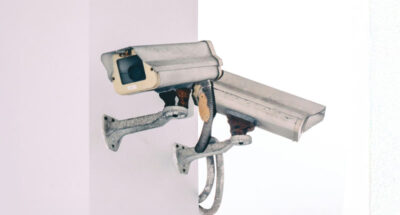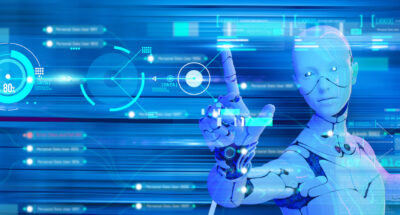It’s time for humans to stop working like machines
There is enormous potential for AI-human collaboration in creative industries where machines can do the heavy lifting that frees people to interpret content – screenplays, novels, creative copy, coding, whatever the creative content may be – and make imaginative choices.
Where AI can do a pre-read and summarize efficiently, humans can be more creative about allocating their resources. For instance, when brand marketers release new campaigns, there is typically a lot of noise to process: news and media, reviews, and social media conversations on TikTok, X, or Instagram. It’s hard for human workers to keep pace with reactions. Bring in the right algorithm to distill what people are saying and the same human workers can apply their time to the more creative work of formulating action plans and redesigning the campaign.
In advertising, too, AI can be tremendously efficient in co-brainstorming copy or slogans that executives can go on to develop – again, taking a lot of the time and legwork out of the process and freeing creative minds to do what they do best. Tools like Github’s Copilot facilitate coding, another creative endeavor, by providing coding suggestions based on natural language prompts and coding context – AI acts as a pair programmer, increasing developer productivity and allowing them to focus on the more rewarding areas of their work.
In film, literature, art, and music, AI can facilitate idea generation, sifting data, creating sentences, finding patterns, and establishing new or unexpected connections at speed. All this and more can be harnessed as the springboard for inspiration and the sparks to ignite human creativity.
In short, AI gives us a chance to stop doing more mechanical grunt work – to stop working like machines ourselves – and to become more creative. But always in collaboration with us, always as a copilot.
As generative AI revolutionizes the world of work and steadily pervades a diversity of industries, sectors, and spaces, there will, of course, continue to be valid concerns about job displacement, trust, and overreliance on the machine. Regulation has a very critical role to play in how we deploy these technologies, and how we protect the integrity of ideas and the safety of human users. Regulation matters a very great deal. So does common sense.
Thinking about AI as a copilot makes sense. Whether using it to navigate space, design and test new drugs, sift university applicants, or filter for the next Academy Award winner, we can decide how to design, use, and deploy it.
Of course, designing AI that can do most or all the creative work might eventually be possible. However, the human-AI model I am advocating rejects this as an inferior model in favor of embracing both the positives that AI can bring and the innate human need to create.
We built AI. It is well within our power to think about how we best put our brilliant copilot to work.

Audio available





